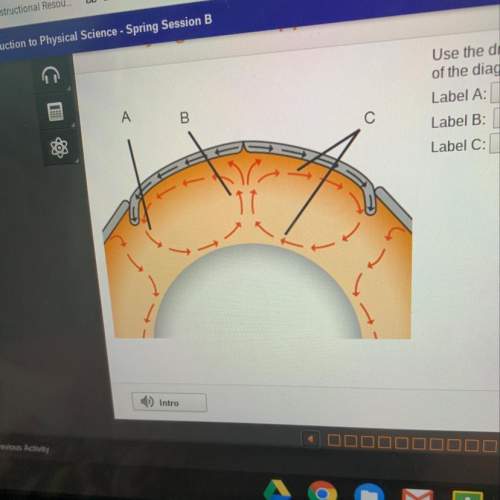
Biology, 30.08.2020 18:01 paralaw61772
Susan had an emergency Cesarean with her first child due to concern about the fetal heart rate. She is now pregnant with her second child and would like to try to have this baby vaginally. What kind of birth should Susan tell her care provider she is interested in? please answer this quick

Answers: 1


Other questions on the subject: Biology

Biology, 21.06.2019 17:00, mauralawson
In tossing one coin 10 times, what are your chances for tossing a head? a tail? 2. in tossing one coin 100 times, what are your chances for tossing a head? a tail? 3. in tossing one coin 200 times, what are your chances for tossing a head? a tail? deviation = ((absolute value of the difference between expected heads and observed heads) + (absolute value of the difference between expected tails and observed tails)) divided by total number of tosses. this value should always be positive. 4. what is the deviation for 10 tosses? 5. what is the deviation for the 100 tosses? 6. what is the deviation for 200 tosses? 7. how does increasing the total number of coin tosses from 10 to 100 affect the deviation? 8. how does increasing the total number of tosses from 100 to 200 affect the deviation? 9. what two important probability principles were established in this exercise? 10. the percent of occurrence is the obtained results divided by the total tosses and multiplied by 100%. toss the coins 100 times and record your results. calculate the percent occurrence for each combination. percent head-head occurrence: percent tail-tail occurrence: percent head-tail occurrence:
Answers: 1

Biology, 22.06.2019 02:30, taythestargazer71
Did you know that a blue wales tongue weighs more than an elephant?
Answers: 2

Biology, 22.06.2019 06:50, Shaylaharrison15
The kidney filters potentially toxic substances in the blood, and thus “clears” the blood of those substances. this clearance function is dependent upon and proportional to the diffusion gradient of the substance across filtering capillaries, i. e. if the concentration of the substance is doubled, twice as much will be cleared from each ml of blood that is filtered. suppose that the body produces a constant amount of a substance x per unit of time. the kidneys eliminate substance x at a rate directly proportional to the concentration of the substance and the volume of blood cleared each minute (c): elimination = c × [x], where [x] is the steady-state concentration of substance x. imagine an individual with an initial concentration of x equal to [x]0 who develops kidney disease. her baseline clearance c0 drops to one half of the original (½c0). what is the new steady state concentration of x? (for simplicity, assume that substance x is 100% filtered by the kidney).
Answers: 1

Biology, 22.06.2019 11:30, mwms2018sg
Discuss cell surface transport in the structure of constituents
Answers: 1
You know the right answer?
Susan had an emergency Cesarean with her first child due to concern about the fetal heart rate. She...
Questions in other subjects:

Mathematics, 18.03.2021 03:20

Business, 18.03.2021 03:20

Mathematics, 18.03.2021 03:20




Mathematics, 18.03.2021 03:20

English, 18.03.2021 03:20





